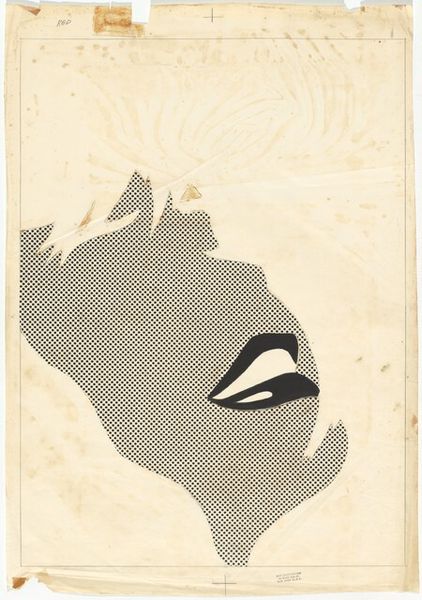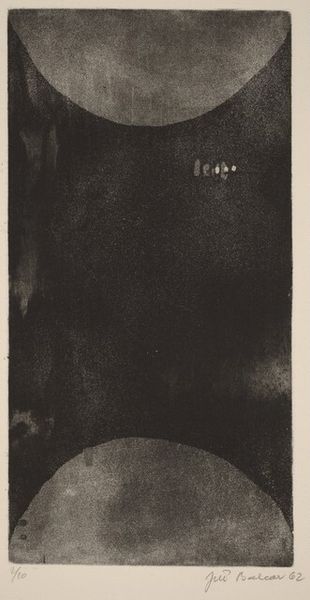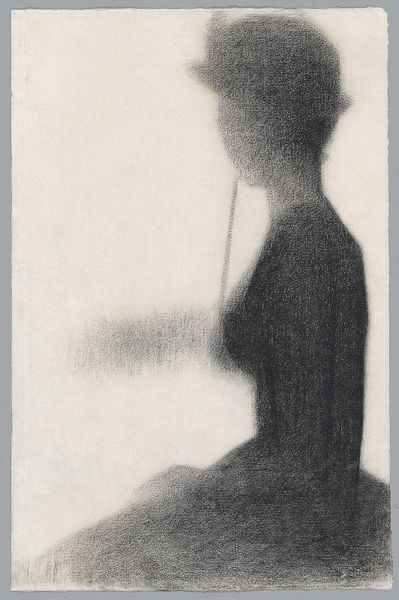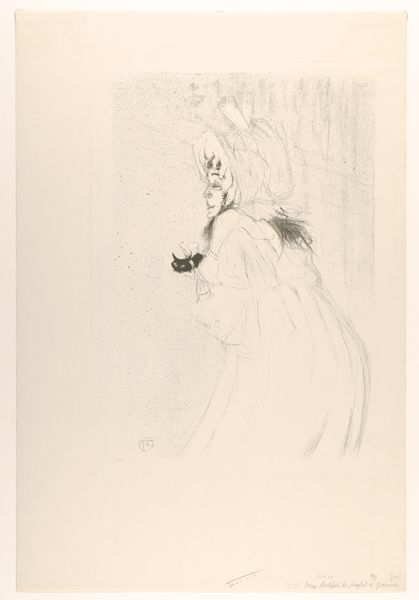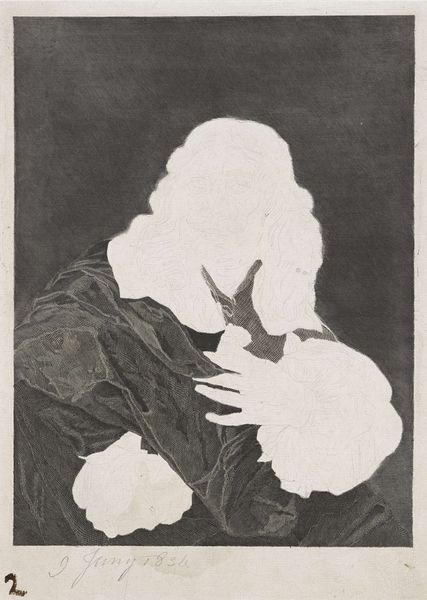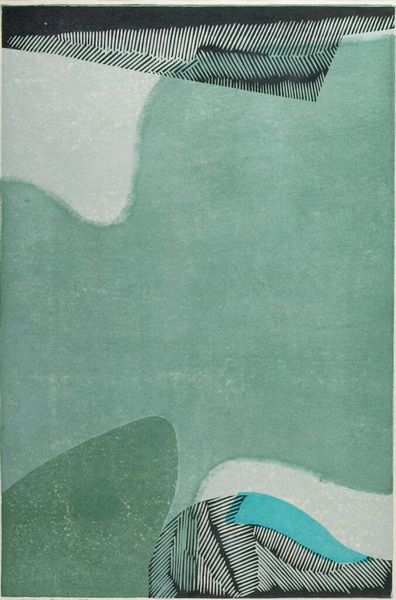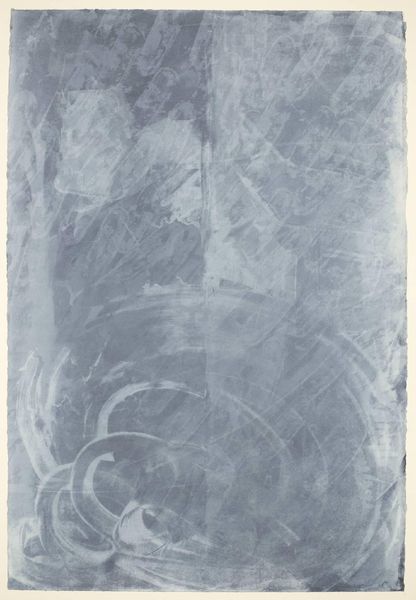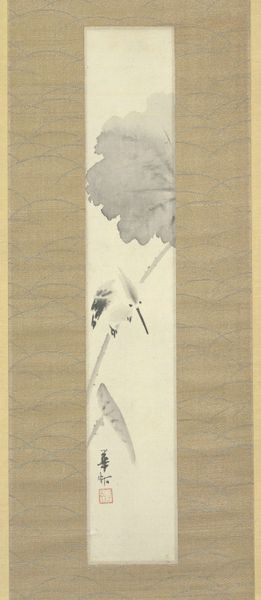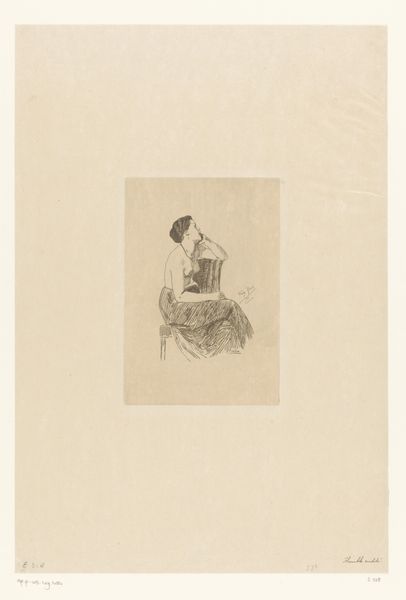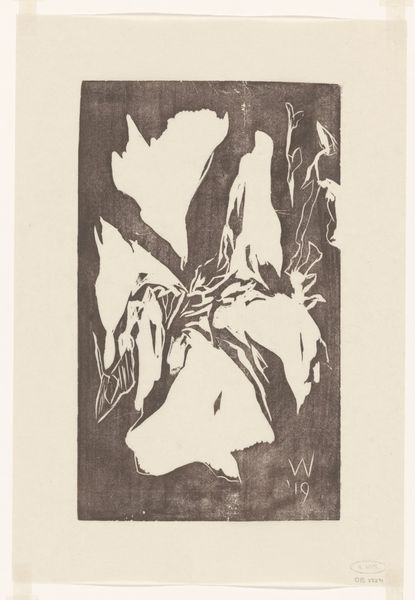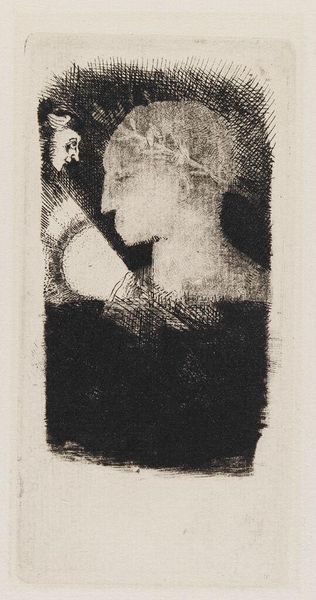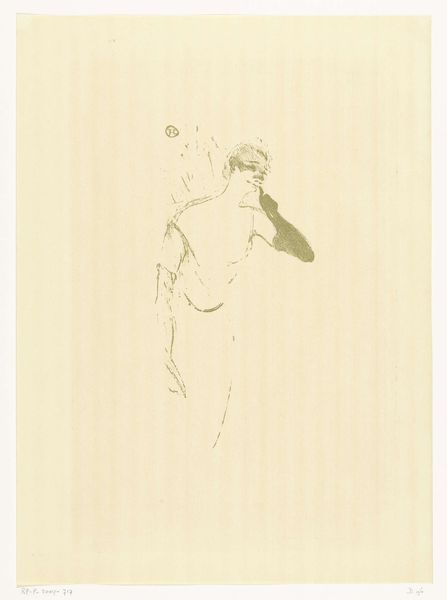
drawing, print, paper
#
portrait
#
drawing
# print
#
figuration
#
paper
#
monochrome
Copyright: National Gallery of Art: CC0 1.0
Curator: Before us, we have "Polynesia" by John Melville Kelly. It’s a print, a study in monochrome figuration. What are your first thoughts on seeing this piece? Editor: Immediately, the inversion of light strikes me. The figure emerges not through delineation but by absence, carved from the paper itself. There's an element of labor implicit in that removal of material, creating this negative space. Curator: Indeed. Note how Kelly employs the figure as a shape within the composition, foregrounding the interplay of positive and negative space, light and shadow. Editor: What fascinates me, though, is the implication of labor involved in creating that contrast. What was the production process here, and how does that influence our engagement? Given the era, and subject matter, it opens up avenues to investigate cultural exchange and even the dynamics of colonial production. Curator: That's an intriguing angle. Kelly has given us a relatively spare composition. We have the figure itself, hands outstretched in what might be an offering, holding a small object, a flower maybe. This restraint draws the eye precisely where Kelly wants it: to the core structure of the composition. Editor: Absolutely. It invites further material consideration. Was that deliberate use of paper type economical or was there a symbolic reason to choose it? In doing that labor, it raises questions about value, appropriation and cultural exchange, and not necessarily colonial implications either. Curator: An excellent observation; these questions challenge conventional notions of aesthetics by underscoring that artistic vision is shaped and reflected by both design and how it’s crafted. Editor: It is also more thought-provoking than what initially presents. Thank you.
Comments
No comments
Be the first to comment and join the conversation on the ultimate creative platform.
